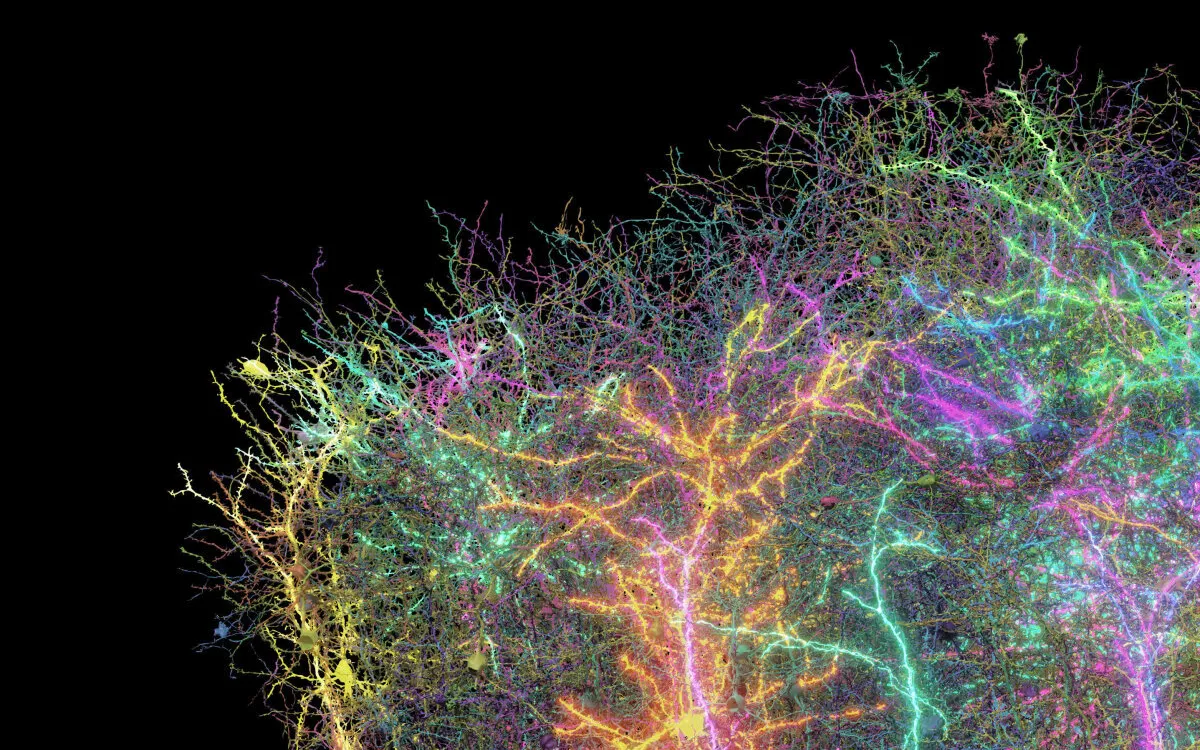
This week, groundbreaking research has unveiled a significant brain circuit associated with the intensity of political behavior. This finding opens up new avenues for understanding how neurological factors influence our political decisions and actions. Concurrently, microbiologists have reported that the 2018 eruption of the Kīlauea volcano catalyzed an unprecedented summer phytoplankton bloom, marking the largest event of its kind ever documented in the North Pacific.
In a fascinating development, a physics professor at the University of Alabama in Huntsville has proposed a revolutionary model of the universe. This new model suggests the existence of multiple singularities, challenging the traditional notion of a single Big Bang as the origin of our universe. This theory could fundamentally change our understanding of cosmic evolution.
In another noteworthy discovery, astronomers are reevaluating their understanding of black hole behavior following the observation of a significant quasiperiodic flare from a supermassive black hole. This flare has sparked a reconsideration of existing models as scientists attempt to understand its implications. The detailed functional mapping of the human brain has also reached new heights, with researchers achieving the most comprehensive brain map to date.
In a surprising twist, a previously overlooked galaxy, located 300 million light-years away, has begun emitting X-ray flashes, attracting the interest of astronomers. Initially deemed unremarkable, this galaxy, now named Ansky, experienced a resurgence of activity with bursts of X-ray emissions observed at regular intervals. These rare quasiperiodic eruptions indicate that Ansky is awakening from a prolonged dormancy, likely caused by interactions with a smaller astronomical object.
Joheen Chakraborty, a Ph.D. student at Massachusetts Institute of Technology, notes that the X-ray bursts from Ansky are ten times longer and brighter than typical emissions from similar phenomena, suggesting that existing models of quasiperiodic eruptions may need to be revisited. Scientists propose that these eruptions could reflect a different mechanism, such as gravity waves interacting with the black hole's accretion disk.
In a remarkable achievement, biologists at the Baylor College of Medicine have produced the largest functional map of a mouse brain to date, encompassing approximately 84,000 neurons in a section of the visual cortex. Despite the minuscule size of this brain region—about the size of a poppy seed—the map reveals an astonishing level of complexity reminiscent of cosmological filaments.
The 3D reconstruction of this brain map was made possible through a unique experiment where a mouse was shown various video snippets, including scenes from The Matrix. By engineering the mouse to express a gene that illuminates activated neurons, researchers utilized a laser microscope to capture the activation of individual cells in the visual cortex. They meticulously sliced the tiny brain section into 25,000 ultra-thin layers, generating 100 million high-resolution images to recreate the neural connections in three dimensions.
A multi-institutional team of anthropologists has proposed an intriguing theory suggesting that human musicality and language may have evolved alongside the transition to bipedal movement. They argue that the shift from quadrupedalism to bipedalism may have had a profound effect on human creativity, cognition, and communication.
According to Dean Falk, a professor of anthropology at Florida State University, the rhythmic sound produced by bipedal steps is more predictable compared to the irregular movements of our closest relatives, the chimpanzees. With humans walking at a pace of about 120 steps per minute—a rhythm that aligns with many musical compositions—the researchers suggest that the art of baby talk may have emerged as a means of maintaining contact with children when they could no longer cling to their parents' fur.
Matz Larsson, a co-author of the study, elaborates that this unique musicality of baby talk could have played a role in the evolution of both music and language, highlighting the intricate connections between our physical movement and cognitive development.